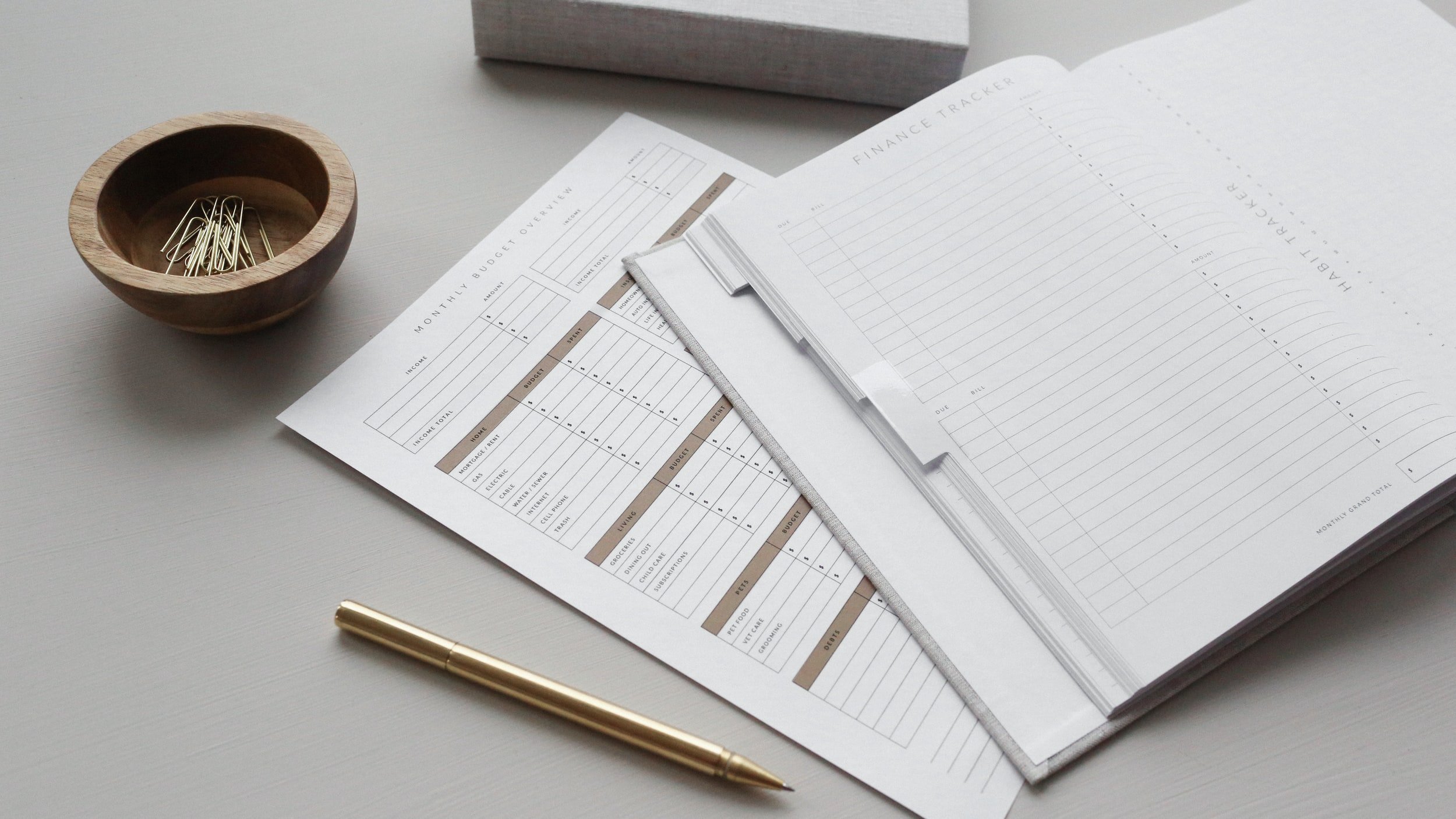What's the Difference Between Be, Being, and Been?
The difference between be, being, and been can be confusing to a lot of English learners.
Be, being and been are just different forms of the verb to be: Be is the infinitive, being can be the present participle or the gerund form, and been is the past participle.
Because we use these forms of the verb to be so often, it can be easy to use the wrong one. They also sound similar, so sometimes it’s hard to hear the difference between be, being, and been.
The biggest difference between be, being, and been is the way in which they’re used. We use:
Be in commands and with modals.
Being in continuous tenses, and as gerunds at the beginning of sentences or after certain verbs.
Been in the perfect tenses and also with modals.
Of course, we know that’s not enough, so we’re going to get into all the ways we use be, being, and been and their major differences:
How to use be
How to use being
How to use been
Be, being, or been: The major differences and common mistakes
So, if you’re ready, let’s get started!
Teaching English Just Got Easier!
Save hours of time with an organized collection of high quality, easy-prep ESL lesson plans and worksheets right at your fingertips.
Be, being or been?
| Verb | Form | Uses | Examples |
| Be | Infinitive |
|
|
| Being | Present participle or gerund |
|
|
| Been | Past participle |
|
|
How to Use Be
The infinitive to be means to exist or to take place. It’s an irregular verb, and we have to change the form of the verb depending on the tense.
So, we can change be to is, are, was, were, been, or being depending on how we use it.
And, when we use it in different tenses, we usually use it as a linking verb, particularly in continuous tenses or in the passive voice.
Different Forms of Be in Continuous Tenses
We can use be in the continuous tense to talk about what’s happening right now, or at a specific moment in the past of the future.
Here, the verb form changes depending on the tense. Here are the different continuous structures:
Present continuous: is/are + -ing
It is raining right now.
We are leaving soon.
Past continuous: was/were + -ing
He was waiting for her phone call.
They were sleeping when you got here.
Present perfect continuous: has/have + been + -ing
They have been practicing the piano at home.
She has been thinking about moving lately.
Future continuous: will + be + ing
She will be meeting us at the train station.
They will be working all weekend.
Read more: How to Use the Future Continuous in English
Different Forms of Be in the Passive Voice
We can use the passive voice to talk about rules or policies: when we don’t know the subject, when the subject is obvious, or when we don’t want to focus on the subject.
Pets are not allowed inside.
She was informed about the project.
Renovations are being done at the moment.
He has not been invited to this gathering.
Read more: Your Ultimate Guide to the Passive Voice in English
Be in Commands
We usually use commands when we’re telling someone to do something or when we’re making a strong suggestion to someone that we’re familiar with. When we use be in commands, though, we don’t have to change the form:
Be yourself!
Just be nice!
Be there at seven.
Be with Modal Verbs
We use modal verbs to talk about things like possibility, ability, obligation, or to make a request or a suggestion.
In the present tense, we always use modal verbs with a base verb, which is the form that the verb takes before we change it.
So, when we use be with modal verbs like can, could, will, would, must, or should to name a few, we don’t have to change it.
Let’s take a look at a few common modal verbs we can use with be.
So, we can use be with will to talk about the future:
He will be there at five.
She will be really annoyed when she sees us.
We sometimes use be with must or have to when we want to say that something is probably true:
You must be hungry!
She has to be Annie’s daughter. She looks just like her.
We can use be with would be to talk about an imagined situation that’s not likely to happen:
I would be really surprised if they broke up.
I thought she would be angry but she just laughed.
We use be with should when we want to make a suggestion, when we want to make a guess, or talk about something someone needs to do:
You should be Mary Poppins for Halloween.
What time is it? It should be almost 11:00.
He should be nicer to his staff.
How to Use Being
Being is the present participle of be, which means that we use it in a continuous tense.
Like most state verbs such as have, mean, like, or prefer, for example, we normally can’t use be in the continuous tense:
She was at work yesterday.
She was being at work yesterday.
But that’s not always the case, so let’s look at some exceptions.
Being in the Continuous Tense
We can use being in the present continuous when we’re talking about how someone is acting or behaving:
She’s acting really weird right now.
She’s being really weird right now.
I can’t believe you’re behaving like this.
I can’t believe you’re being like this.
Why are you acting so nice?
Why are you behaving so nice?
Being as a Simple Gerund
A gerund is a verb that acts like a noun, and we create a gerund by adding -ing to the verb. So, in this case, we have to change be to being.
When used as a gerund, we can use being as the subject of a sentence:
Being your friend is the best.
Being a mom is hard, but I love it.
We can use being after a linking verb or as the object of a sentence:
His favorite thing about acting is being another person.
We also use gerunds after certain verbs such as love, enjoy and avoid:
She loves being the goalie during our games.
A sociable person enjoys being with other people.
Avoid being in the water during storms.
We use a gerund after a preposition or conjunctions (about, of, at, etc.), so in these cases we have to use being:
The best part about being a chef is eating.
Have you ever thought of being a lawyer?
I’m so bad at being calm!
How to Use Been
Been is the past participle of be, and we only use it in the perfect tense. In general, we use the perfect tense when we want to focus on the present results of things that have been done in the past.
You can see how we use been in the different forms of the perfect tense in the table below:
Been in the Perfect Tenses
| Present perfect | He has been to Japan a few times. |
| Present perfect continuous | We have been learning to dance. |
| Past perfect | They had been to Boston once before. |
| Past perfect continuous | She had been studying for three months before that. |
| Future perfect | We will have been here for five months in June. |
| Future perfect continuous | Next Tuesday, they will have been working on this project for a year. |
Be, Being, or Been: The Major Differences and Common Mistakes
So, now that you understand how to use be, being, and been, what are the major differences between the three forms of be? And what are some of the common mistakes to avoid?
Being vs. Been: Pronunciation
Part of the reason English learners confuse being and been is because they sound very similar.
Being has two syllables, although English speakers often say it so quickly that you may not always hear it. Remember there’s a hard g at the end that you should try to pronounce.
Being /ˈbiːɪŋ / [BEE’ ing]
Been, however, only has one syllable in English, and in UK pronunciation, it rhymes with bean.
Been / biːn /
NOTE: There is a difference between the American and U.K. pronunciation of “been.” In the U.S., we pronounce been with a short e, which is the same vowel sound you hear in egg or web. You might also hear people pronounce it with a short i sound, as in thick or sit.
But, in the UK, they pronounce been with a long e, which is the vowel sound you hear in key or knee.
Be vs. Have Been with Modal Verbs
As I mentioned before, we have to use modal verbs like could, should, must, might, or would with the base verb in the present tense. But, in the past tense, we have to use modal verbs with have been. Look at the examples below.
Modal verbs with the present tense
He should be there by five.
He should been there by five.
We might be able to give you a room.
We might been able to give you a room.
She must be Andy’s new girlfriend.
She must been Andy’s new girlfriend.
Modal verbs with the past tense
He should have been there by five. Where is he?
He should have be there by five. Where is he?
We might have been able to to give you a room before, but we can’t now.
We might have be able to to give you a room before, but we can’t now.
She must have been Andy’s new girlfriend.
She must have be Andy’s new girlfriend.
Being vs. Having Been with Gerunds
I’ve already talked about how we can use being with gerunds, but we can only use it with simple gerunds.
There’s also something called a perfect gerund that is slightly different, and it can be a bit more complicated to use.
We use simple gerunds to talk about a time that’s the same as the verb in the main clause.
He admitted to eating the last piece of cake.
But we use perfect gerunds to talk about a time before the verb in the main clause.
He admits to having eaten the last piece of cake.
And, when we use perfect gerunds in the passive voice, we can use having been. Look at the examples below to get a clearer understanding of what I mean:
She hated people lying to her. (simple gerund in the active voice)
She hated being lied to. (simple gerund in the passive voice)
She hated people having lied to her. (perfect gerund in the active voice)
She hated having been lied to. (perfect gerund in the passive voice.)
How can I stop making mistakes with be, being, and been?
Well, if you’ve made it to the end of this post, you’ve already taken a big step in avoiding future mistakes with these three confusing verbs.
But, moving forward in your language learning journey, make it your goal to start thinking more in English and stop translating in your head.
Then, listen! Remember that listening and training your ear to notice mistakes will also help you notice when something doesn’t sound right.
When you need to slow down, which we all need to do when we’re learning a language, reading and writing in English with these verbs will also allow you to explore different structures that you might not always notice when you’re listening and speaking.
Then, practice using them! Fortunately, we use these verbs all the time in English, so, if you’re practicing often, you’re getting plenty of chances to make mistakes and learn how to use these verbs correctly.
About the Writer
Marta is an online ESL teacher who works with students from around the world. As a writer, language nerd, and content contributor for In English With Love, her mission is to empower English learners with knowledge and positivity.
















